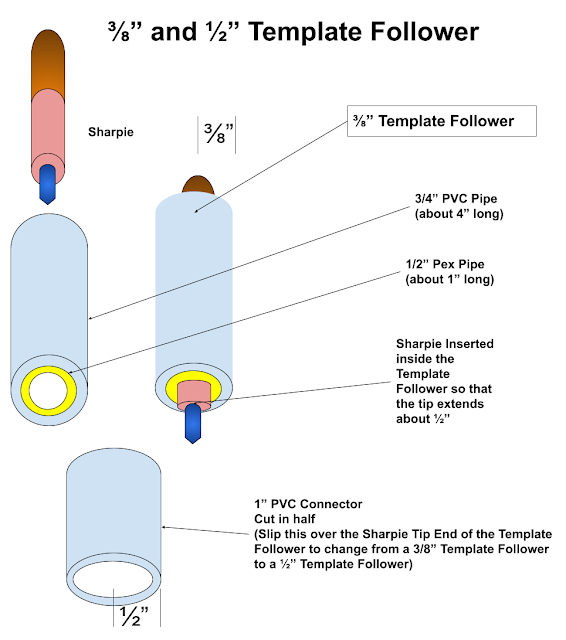Refinishing the Non-skid deck surface.
The Non-skid on deck of Eximius is crying to get refinished and it's time.
Sometimes, things become a lot easier when I take the time to write out the details of the job, and that's why I'm writing this post. Of course, it might help others and that's a benefit. if you would rather read about some of our cruising antics then skip this one, but if you need to refinish your boat deck, it may be worth the read.
 |
| Port side Anchor Locker Cover |
 |
| Stbd midships deck |
After discussing the project with the guys from Catalina Yachts, I concluded that the following is a process I can handle.
As the non-skid is a diamond embossed surface and the masking tape will not affix so neatly, I anticipate that it will be easier to refinish the areas outside of the Flat Grey and Grey Non-Skid first and then refinish the Grey flat and Non-skid areas second.
Get the materials.
- 3M 233+ High Performance Masking Tape
- 3M 2090 Scotch Blue Painter's Tape
- TotalBoat Dewaxer & Surface Prep.
- Awlgrip Polyester Urethane Topcoat Base Quart
- Awlgrip Awlcat #3 Topcoat Brush Converter
- Awlgrip Flattening agent
- Scotch Green Pad Scouring pads.
- Paper towels - lots of them.
The 545 Epoxy Primer will be used where necessary. I could only find it in 1 gallon cans and coverage should require about 1.5 Quarts, I'm sure I'll find a use for it elsewhere on the boat.
Refinishing the regular (flat) areas of the deck.
This is probably the difficult part of this project. I'm leaving the hardware on the deck in place but making sure that it's well masked off and any chips or hairline cracks repaired as necessary.
Step 2: Prep the Deck
The non-skid on the deck could be original, it's a diamond pattern however, the finish is badly worn due to frequent foot traffic, in some areas there appears to be roller marks. ie. Swaths of the surface color about the width of a paint roller are obvious. In other areas, the surface is actually worn away - particularly, the tops of the Anchor Locker Covers. On those covers, the underlying fiberglass strands can be seen. The good news is that the covers are solid fiberglass so there's no risk of damage below the fiberglass. The rest of the deck is in great shape, it's just that the non-skid surface is worn away.
I spoke (online chat) with guys from Jamestowndistributors.com and they were very helpful, they even had a guy that had done a technical course with Alwgrip, so my confidence in their help was high. Matthew sent me a link to the document that covers the Alwgrip application process if very granular details. (link to manual)
The preparation sounds pretty simple but the manual indicates that there's a few tests that should be done to ensure really good adhesion. (It's on Page 17), so I'll be doing that test on the worst part of the deck. I expect the job will require priming, hence the addition of the Primer to the list of materials.
- Mask off the area to be processed.
- scrub the area to be painted with the Scotch Green Pad Scouring Pads, it's a lot of work.
- Apply Alwgrip Primer.
- Apply 2 coats of Alwgrip Paint with flattening agent ( prevents glossy finish)
- Anchor Locker Cover
- Foredeck
- Mid deck
- Aft Deck
- Cabin Top












